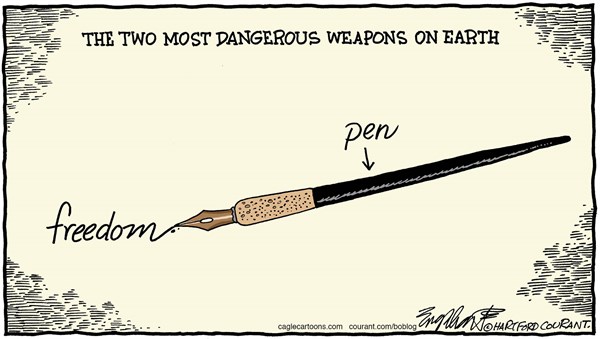Tone Of Voice
The 1964 manifesto and the 2000 revisited manifesto both have very different tones of voice. The 1964 encourages designers to turn their talent to something more worthwhile, while still saying advertisements are important
Key Points -
- Today, we live and breathe design. Few of the experiences we value at home, at leisure, in the city or the mall are free of its alchemical touch.
- Graphic design in the advertising industry is 'wasted on these trivial purposes'
- Proposing a better use of talents within the graphic design industry.
- The world perceives design as unimportant commercial work.
- 1964 do not wish to abolish high pressure consumer advertising, but are proposing designers to favour different approaches.
Key Quotes -
- By far the greatest effort of those working in the advertising industry are wasted on these trivial purposes, which contribute little or nothing to our national prosperity.
- We do not advocate the abolition of high pressure consumer advertising: this is not feasible. Nor do we want to take any of the fun out of life. But we are proposing a reversal of priorities in favour of the more useful and more lasting forms of communication
- Commercial work has always paid the bills, but many graphic designers have now let it become, in large measure, what graphic designers do
- There are pursuits more worthy of our problem-solving skills.
- In 1964, 22 visual communicators signed the original call for our skills to be put to worthwhile use. With the explosive growth of global commercial culture, their message has only grown more urgent. Today, we renew their manifesto in expectation that no more decades will pass before it is taken to heart.
Summary
In 1964, the manifesto complacently states how they believe that graphic designers are "wasted on these trivial purposes", talking about advertising for things such as "cat food" and "fizzy water". The tone of this message from these designers is that they urge others to use their skills in a more moralizing way. They, however, do not shame those who do these things as they state they do not want to "advocate the abolition of high pressure consumer advertising", as they believe it is not feasible. This meaning, that consumer advertising is something to pay the bills but to not waste too much of your talents on.
The tone of voice of the 1964 First things First manifesto is not angry, but more urging. Some may perceive it as they just want graphic designers to be able to use their skills for something that will get them more recognition.
However, in the re-worked manifesto that was brought out in 2000 the tone of voice feels completely different. Instead of the gentle urging they seem more angry that people still haven't changed from wasting their talents. For example, "Many of us have grown increasingly uncomfortable with this view of design", meaning that people from the public think that design is just something that sells tinned food. They seem more angry of this, and want it to change more suddenly "Today, we renew their
manifesto in expectation that no more decades will pass before it is taken to heart." Seemingly annoyed that this has gone on for too long and nothing has happened.
Page














